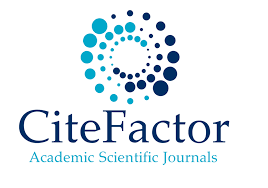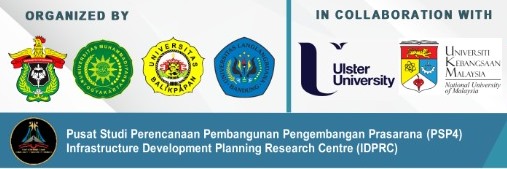An Overview of the Forest City Concept in Indonesia's Capital City Development Plan
DOI:
https://doi.org/10.36277/icasgi.v1i1.21Keywords:
urban economic, social, and qualitative developmentAbstract
Migration affects urban economic, social, and qualitative development. By 2050, global urbanisation will be 70%. Urbanisation. Flooding, groundwater depletion, and city heat result from land use changes. Cities affect weather. Cities produce 2% of greenhouse emissions. 70% of urban CO2 comes from transportation and buildings. Ecosystems benefit from RTH and woodlands. Greenery reduces heat, floods, and groundwater. Urban woods provide water, carbon sinks, oxygen, temperature control, tourism, and timber. This forest buffers cities that rely on forest health. Low-lying coastal settlements, floodplains, and biodiversity hotspots seldom have woodlands. Like NCR, this region lacks planning (IKN). IKN preserves East Kalimantan's rainforest vegetation. IKN has protected forestland. IKN protects forests and wildlife. Sustainable urban design balances growth in vulnerable areas. Sustainable, Green, and Eco Cities reduce environmental consequences. Forest City strives to improve the State Capital's ecology. Explains ideas, criteria, and indications. Ideals, policies, environment, and ecological indicators were analysed. Focus groups, interviews, desk studies, and field visits gathered data. Forest City plans (benchmarking). In IKN, Forest City will focus on forestry and environmental challenges, urban development, and sustainable development. Wooded IKN. IKN is needed. Integrate woods and settle land conflicts before developing IKN. Forest City IKN Masterplan. IKN-ize. KLHS's "go zones" Absorb CO2 and rain. Rehabilitate degraded zones and corridors in IKN using SDALH recovery and restoration processes. Forest advisory groups. Forest City benefits city plants and ecosystems
Downloads
Published
How to Cite
Issue
Section
License
Copyright (c) 2022 PROCEEDING OF INTERNATIONAL CONFERENCE ON APPLIED SMART AND GREEN INNOVATION

This work is licensed under a Creative Commons Attribution 4.0 International License.

















